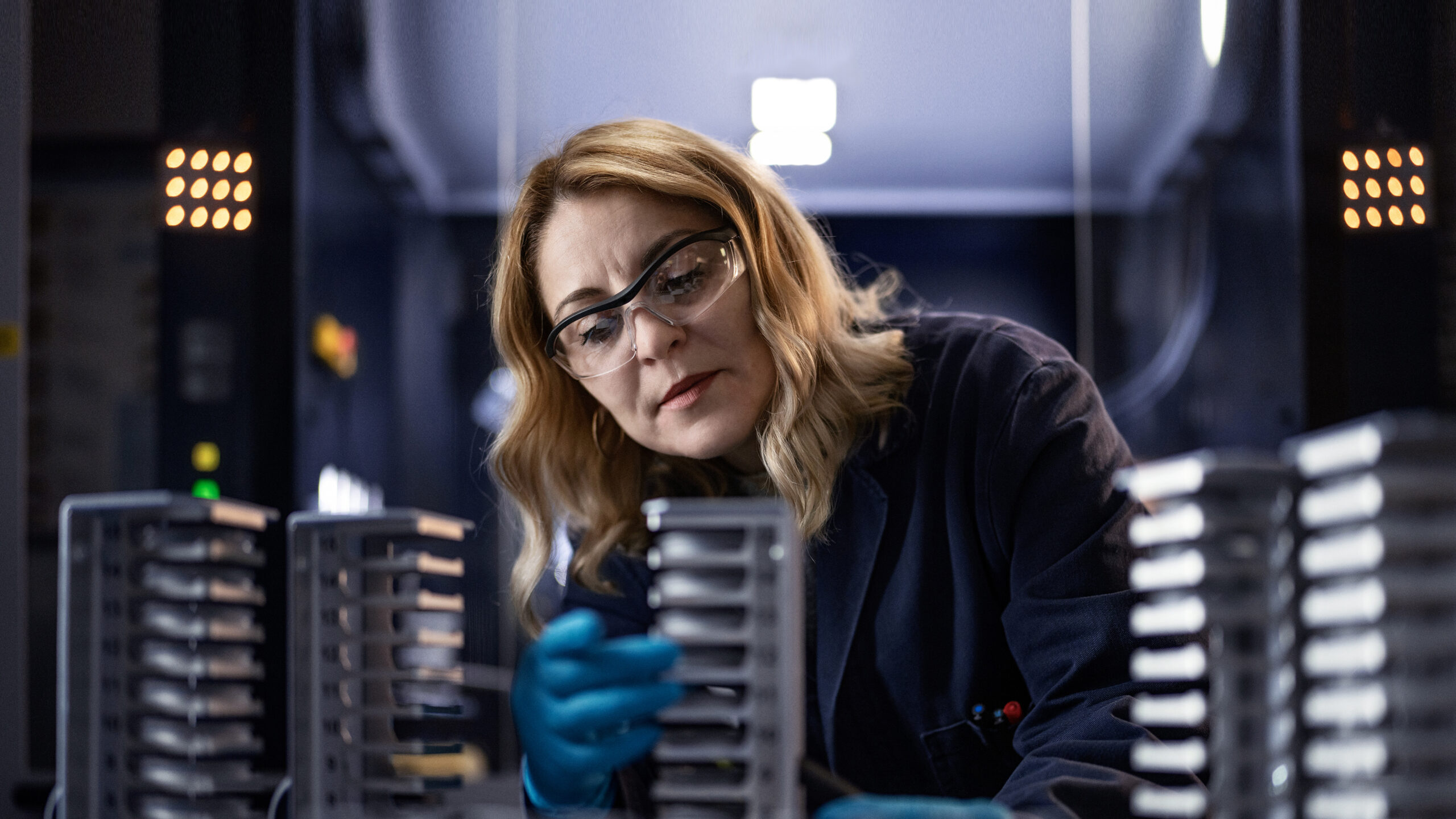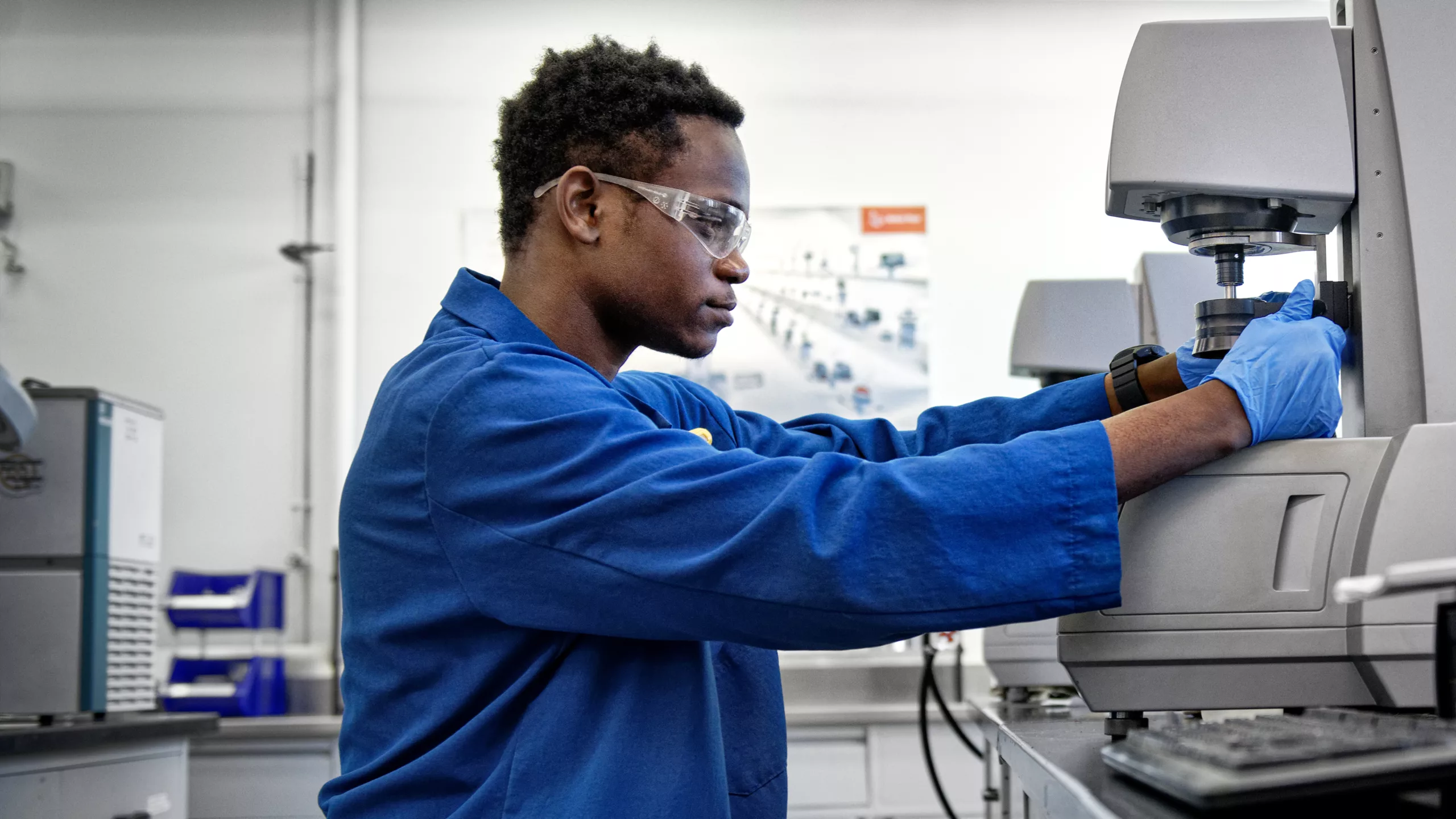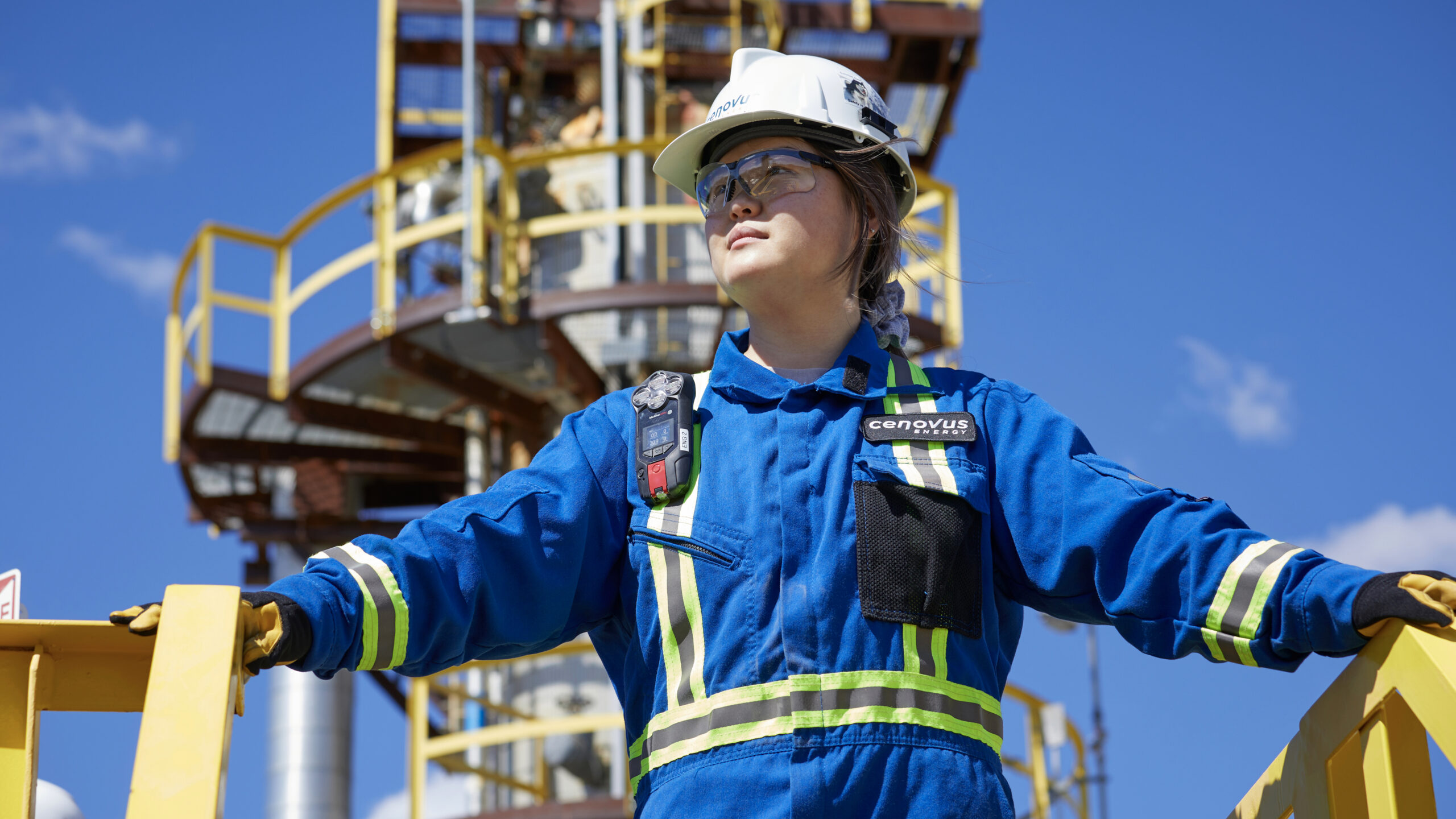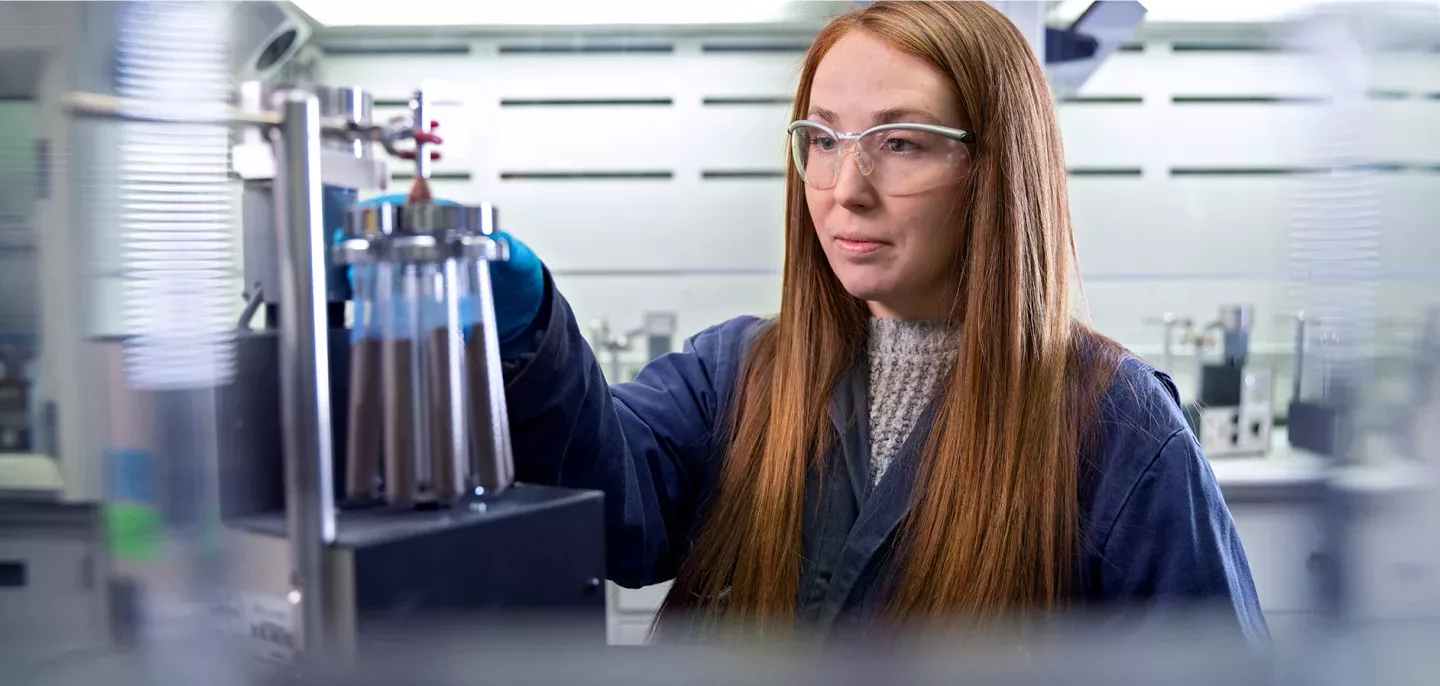
Canada’s oil sands are on a path to reach net-zero emissions from operations.

Curiosity is crucial for progress. We’re studying, testing and advancing dozens of new technologies to reduce emissions.

To reach our goal, we need to collaborate—with each other, communities and governments.

Safety is ingrained in everything we do, from careful site selection to regular monitoring.
Who we are





We’re Canada’s largest oil sands companies working together on responsible development, including achieving our goal of net-zero emissions from operations.

The first phase of our plan focuses on a carbon capture and storage network
The proposed network would transport and store captured CO₂ from oil sands facilities and could expand to serve facilities from other industries in the region.

It’s not just about reducing emissions
We’re also working to reduce our impact on air, land and water.

Our people, their stories
Passionate, dedicated people are behind every innovation and every step forward.


